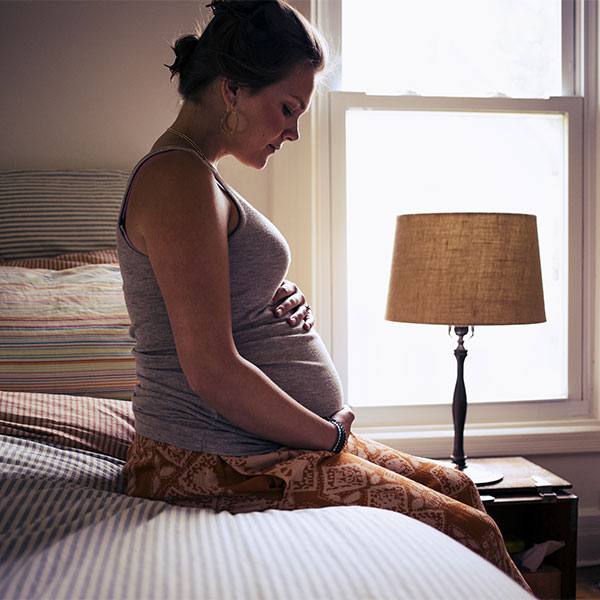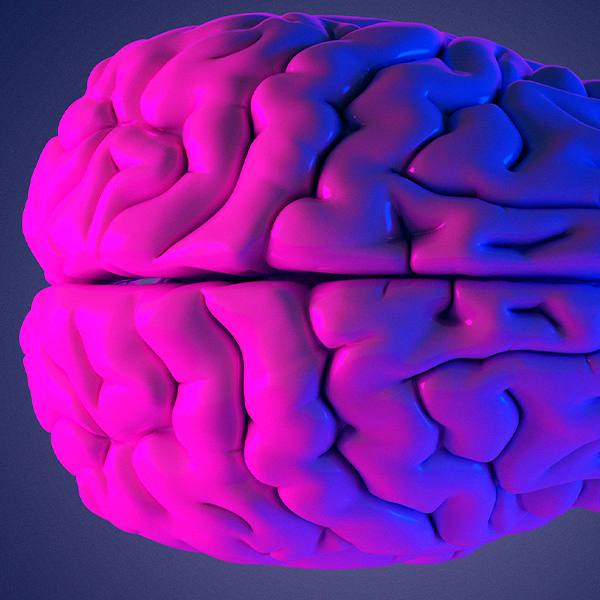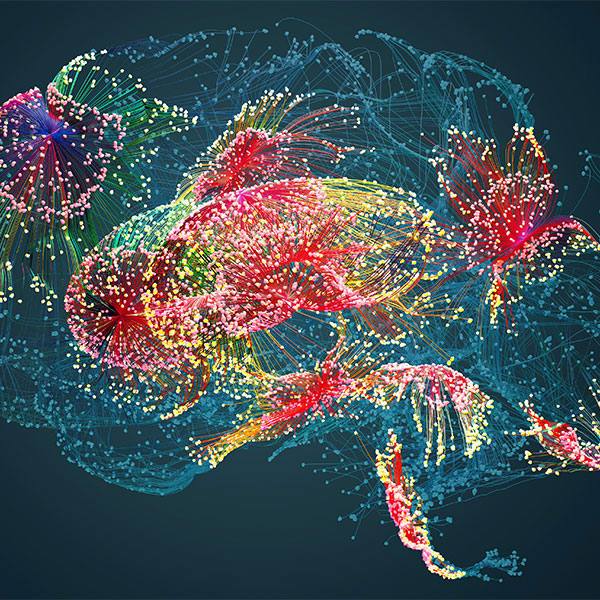-
Discovery Science
Studying the Devastating Dementia You’ve Probably Never Heard of
If Alzheimer’s and Parkinson’s diseases teamed up to mingle their most unpleasant features, the result might look a lot like Lewy body dementia – a progressive, incurable and fatal condition that diminishes a person’s ability to think, remember, and move. Lewy body dementia can also result in disturbing behavioral and mood issues, as was the case for the late actor and comedian Robin Williams, whose wife later called the disease “the terrorist inside my husband’s brain.”
Despite affecting an estimated 1.4 million Americans, Lewy body dementia is still relatively unfamiliar to the public and physicians. According to Mayo Clinic neuroscientist Pamela McLean, Ph.D., “Lewy body dementia is the second most common dementia after Alzheimer’s, but research has been woefully underfunded.”
Dr. McLean has been selected to co-direct an international team of investigators in a National Institutes of Health (NIH)-funded initiative to better understand Lewy body dementia’s progression and possible therapeutic targets.
Dementia’s Tangled Connections
Lewy body dementia gets its name from “Lewy bodies,” abnormal deposits containing a protein called alpha-synuclein. Clumps of this protein form in the brain, damaging cells and interfering with important functions. Lewy bodies can be found in the brains of Parkinson’s disease patients. Additionally, brains affected by Lewy body dementia are often characterized by the plaques associated with Alzheimer's disease.
“There’s a great deal of overlap in symptoms and pathologies between Lewy body dementia, Alzheimer’s, Parkinson’s, and related dementias,” Dr. McLean says. Because of these commonalities – and because Lewy body dementia cannot be definitively identified until autopsy – it’s often inaccurately diagnosed.
While shared features can present a puzzle to clinicians, these connections also mean that scientific advances for one disease may be helpful in understanding the others. Investigators are hopeful that the upcoming Lewy body dementia research will also provide clues for the treatment of Alzheimer’s, Parkinson’s, and more.

Banking on the Brain
The new research will engage a multidisciplinary approach, including pathology, genetics, and structural and cell biology. Central to each of these experiments will be the brain bank on Mayo’s Florida campus, which contains about 7,000 specimens including nearly 1,000 brains donated by late Lewy body dementia patients.
“Because of the brain bank, Mayo is one of the few organizations capable of tackling the Lewy body dementia questions posed by the NIH,” says neuropathologist Dennis Dickson, M.D., who runs the brain bank and will direct the research initiative alongside Dr. McLean.
Dr. Dickson and colleagues will begin the project by confirming and characterizing the pathology of Lewy body dementia tissue samples in the brain bank. The samples will then be distributed to various collaborating laboratories for further analysis.
“Because all samples are originating from and characterized by a single laboratory, we’re able to cut down on the variability that poses a problem when samples start in different locations,” Dr. Dickson notes.
Another team member is geneticist Owen Ross, Ph.D., whose lab will examine genetic variation in brain tissue to determine DNA changes that can drive disease progression and contribute to a person’s risk of developing Lewy body dementia.

“If we can find the DNA changes (‘typos’) in the 3 billion letter genome, we can assess what they mean for the clinical presentation of disease and target them for therapeutic correction,” he says.
For their part, Dr. McLean and her team will use cellular models to study how Lewy bodies affect neuron function and related mechanisms. The scientists expect that this project will generate an enormous amount of data, which will be made freely available to others such as academic institutions and pharmaceutical companies interested in drug discovery.

The Power of Teamwork
The new multi-year, multi-million-dollar Lewy body dementia research consortium was created and funded by the NIH via its Center Without Walls (CWOW) model. CWOWs present a single, high-priority scientific goal – in this case, to identify and understand the changes in the brain caused by Lewy body dementia – and encourage collaboration from various institutions that agree to share scientific resources and knowledge in order to make novel discoveries.
“One institution isn’t going to have all the answers,” Dr. McLean says of this synergistic approach. Adds Dr. Ross, “Together we can drive the field forward in multiple ways, from understanding the disease etiology to generating biologic tools and nominating druggable targets.”
Organizations collaborating with Mayo for this CWOW include University College London, Columbia University, University of Arizona, St. Jude Children’s Research Hospital, and University of Texas Health Science Center at San Antonio.
Additional Mayo researchers involved
with this work include Guojun Bu, Ph.D., John Fryer,
Ph.D.,
and Wolfdieter
Springer, Ph.D.
The new CWOW is the
latest in Mayo’s ongoing commitment to advancing science and patient care for
Lewy body dementia. For example, Dr. Dickson’s team has additional
projects underway supported by the Harry T. Mangurian
Jr. Foundation; Mayo radiologist Kejal
Kantarci, M.D., and colleagues are working to apply
advanced imaging technology in order to detect the progression of Lewy body
dementia and differentiate it from Alzheimer’s disease; and neurologist Bradley
Boeve, M.D., leads Mayo’s Lewy
Body Dementia Association (LBDA) Research Center of Excellence, and conducts genetic
analyses along with Dr. Ross with support from The Little Family Foundation.
Related Articles







